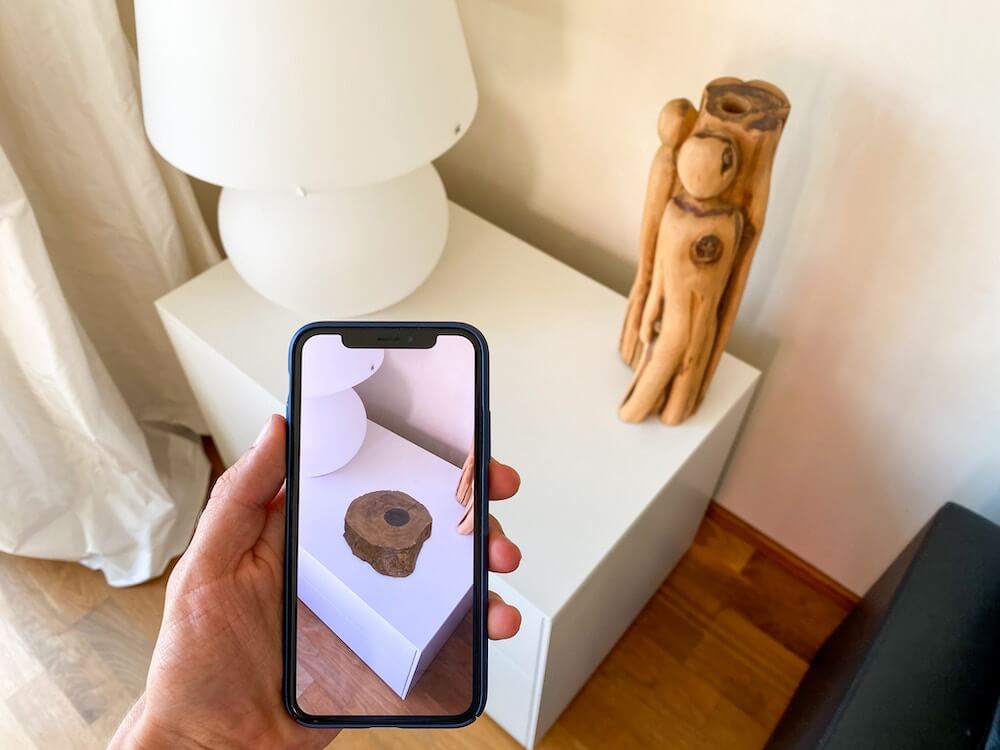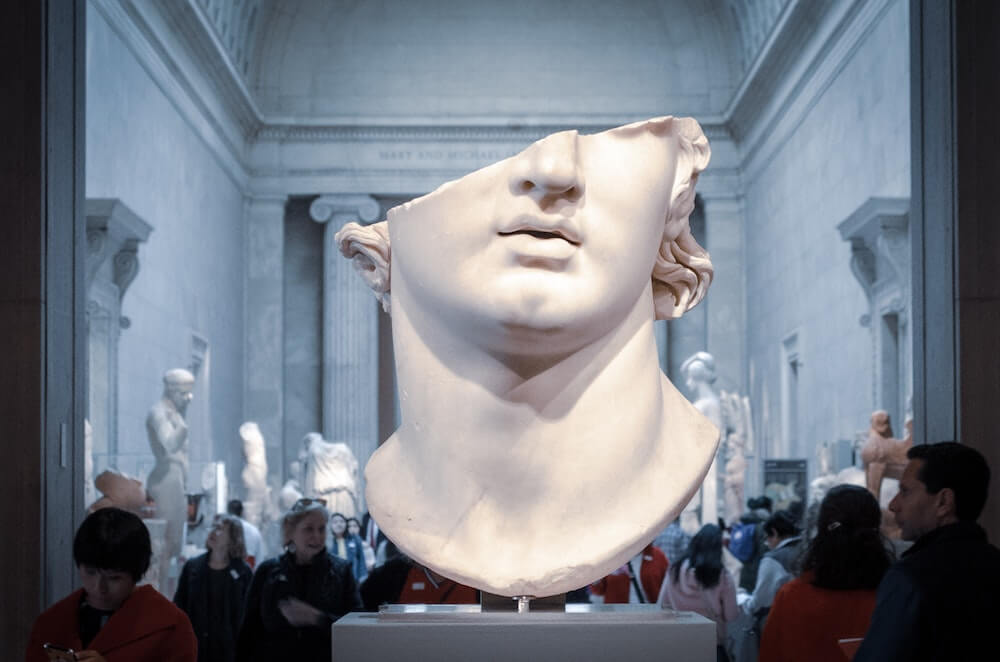In our age of rapid technological evolution, the art world is beautifully merging with digital innovation. Once a concept limited to sci-fi realms, Augmented Reality (AR) is revolutionising the art industry by adding a new dimension to how we interact with artworks. From art exhibitions to education and social media filters, this transformative technology is empowering artists to push boundaries, curators to reimagine exhibitions, and audiences to engage with art in unprecedented ways. Discover how AR is changing the art landscape and what the future holds for this space.
AR Art Filters: more than just fun

While Instagram AR filters in Singapore and worldwide are well-known for transforming selfies, they now offer a deeper dive into art. Beyond mere face filters, augmented reality art filters allow users to experience art pieces in their surroundings or even wear historical artefacts. By engaging with these filters, users can foster a deeper connection with art, enhancing their appreciation and understanding. Furthermore, these interactive experiences can make art more accessible and relatable to a broader audience.
For instance, Meta recently launched Egyptian art-inspired AR filters on Instagram, as part of a collaboration with Art d’Égypte. This initiative brings users directly into the ‘Forever is Now II’ exhibition at the iconic Pyramids of Giza. Accompanied by an animated guide inspired by the ancient Egyptian deity, users can delve deeper into the stories behind each art piece, exemplifying the transformative power of AR in enhancing art appreciation.
A new dimension to art education
Beyond the realm of social media, Augmented Reality (AR) brings with it the promise of transformative learning experiences in schools and art spaces, offering more interactive avenues of exploration that elevate traditional learning methodologies.
AR in schools: breathing life into Art history
Within educational institutions, Augmented Reality transcends the boundaries of textbooks, bringing art history and theory to life. Students can virtually traverse timelines of art movements, delve into an artist’s emotions, or experiment with artistic techniques in an interactive 3D space. Such immersive experiences make art more relatable, fostering a deeper connection and understanding. Apart from AR, discover how animation has been revolutionising the educational landscape for e-learning.
Traditional Art spaces reimagined: the AR renaissance

Beyond the classroom, museums, which are often perceived as static repositories of the past, can be rejuvenated with Augmented Reality. Furthermore, galleries, exhibition halls, and other art spaces are also embracing this digital evolution. Patrons can immerse themselves in narratives behind each artwork, interacting with tales of inspiration, or even virtually stepping into the scene of a painting. Such immersive integrations transform passive observation into an insightful, educational journey, reshaping how we engage with art.
For instance, the National Museum of Singapore’s immersive installation, Story of the Forest, utilises AR to bring to life images from the William Farquhar Collection of Natural History Drawings, allowing audiences to engage with the photos in a fresh, exciting way.
What lies ahead for AR and Art?
In the future, traditional art forms could meld seamlessly with augmented spaces, perhaps allowing us to walk alongside Van Gogh in the Starry Night painting or engage in conversations with Shakespeare’s characters. The explosion of AR on social media, with platforms creating diverse art filters, adds another layer to how we interact with and perceive art digitally.
However, as AR gains prominence in the art world, ensuring ethical considerations will be vital, especially when recreating or altering historical and culturally significant artworks. The authenticity of augmented art experiences, both within museum walls and on our Instagram feeds, as well as the potential oversaturation of AR artworks in public spaces, could also be subjects of debate and reflection.
Unlock the potential of AR with Genesis Motion Design
The capabilities of AR know no boundaries, and in the exciting intersection of art and technology, Genesis Motion Design emerges as a trailblazer. As a leading Augmented Reality studio, we’re setting new standards for AR and art by pioneering immersive experiences like AR filters. From experiential marketing campaigns to interactive product visualisation, discover three ways AR can help your business in Singapore today.
If you are keen on exploring AR for your brand, contact us today for tailor-made solutions. Curious to know what we’ve been up to? Check out our company’s portfolio to browse our latest collaborations.

Benjamin Ang, the Creative Director of Genesis Motion Design, has more than 10 years of experience in motion graphics, design, and animation, Benjamin embarked on his own journey in 2015 with the birth of Genesis Motion Design, a studio focused on brand-driven storytelling.


